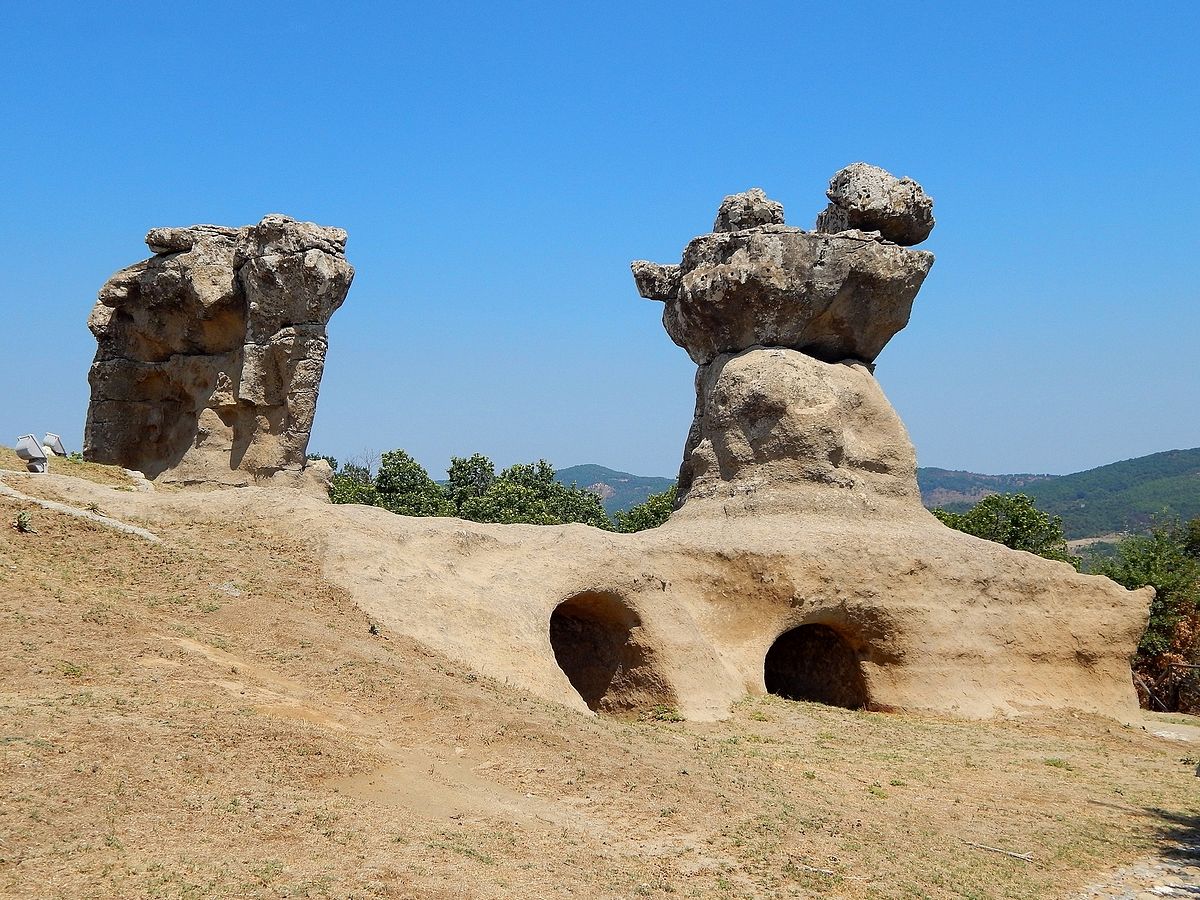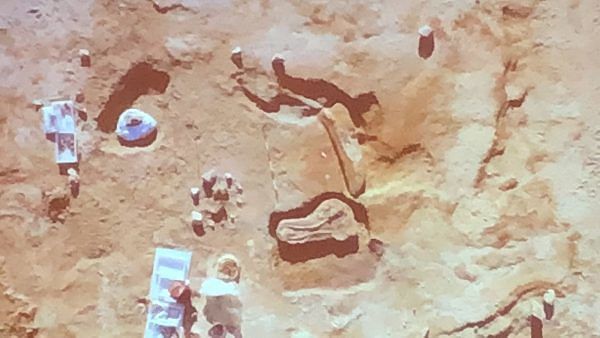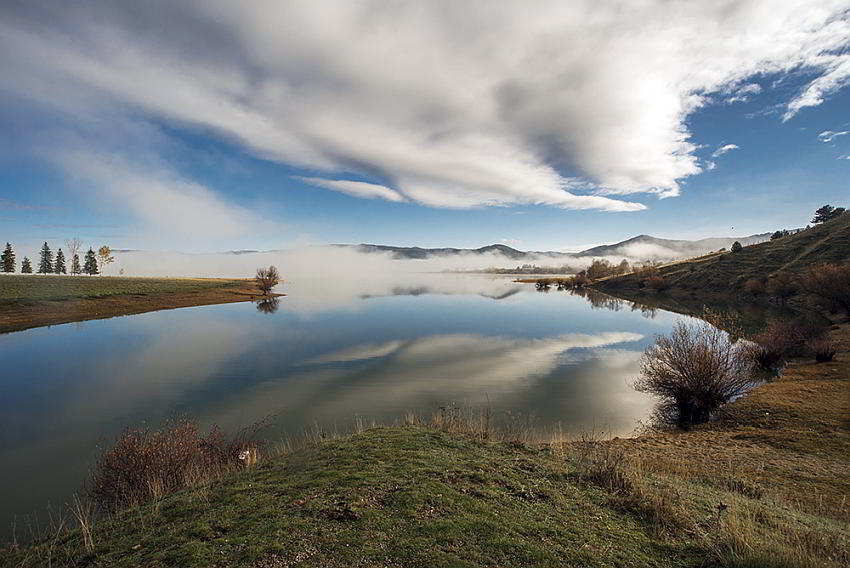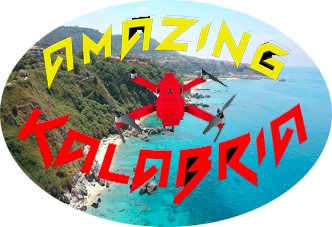In Magna Sila

La ὕλη, l’immensa selva cui si trovarono di fronte, a fine VIII secolo, i coloni greci al loro arrivo sulle coste ioniche, rappresenta da sempre il cuore pulsante di una regione che si insinua nel Mediterraneo.
I greci chiamarono Enotri gli abitanti immaginandoli discendere da un antico re. Racconti che forse risalgono all' epoca micenea.


Grazie all'archeologia sappiamo che i magnifici boschi sono stati frequentati dall'uomo sin dal Paleolitico, quando le valli e i bacini lacustri erano ricchi di selvaggina, di elefanti, di una magnifica fauna ittica e di un’eccezionale flora.
Solo dal Neolitico l'uomo ha iniziato a vivere stabilmente qui, come documentano le scoperte sul Cecita e sull’Ampollino, praticando pesca, agricoltura, allevamento e sfruttando le risorse boschive. La Silva, sede estiva delle transumanze, era la più grande ricchezza dei Brettii, che ne controllavano nel IV a.C. l’accesso e dai loro insediamenti, Cosenza, Petelia, Castiglione di Paludi, proteggevano il bosco da cui veniva estratta e lavorata la pece, la PixBruttia, che per i Romani era una risorsa fondamentale. Anche in questo caso l’archeologia ha scoperto fattorie per la sua produzione, nei pressi del lago Cecita.
Nel corso della storia la Sila ha sempre avuto un ruolo cruciale nella regione, soprattutto in epoca normanna, quando emerse la figura di Gioacchino da Fiore, abate cistercense, nativo di Celico che su concessione di Enrico VI costruì alla fine del XII secolo il suo protocenobio a Jure Vetere, per poi spostare l’Abbazia nella vicina San Giovanni in Fiore. Oppure Francesco da Paola, alla fine del XV secolo, che volle stabilire una delle sua Case a Spezzano della Sila.
Noi #CIAndremo!
Autore: Alessandro De Rosa
Foto: wikipedia.it, Alessandro De Rosa, Ferruccio Cornicello, Fonti Letterarie ed Epigrafiche 1995, ricerche Archeologiche 2007
Voce: Nicolò Donati
Musica: All of Them, Hans Zimmer, OST King Arthur
The ‘ὕλη’ was a vast forest present on the Ionian coast when the Greek settlers arrived at the end of the 8th Century BC. It has always been the beating heart of a region that overlooks the Mediterranean sea.
The Greeks called the inhabitants of this region Enotri, imagining them as descendant of a royal lineage, a legend probably dating back to the Mycenaean era.
Thanks to archaeology we know that the astounding woods have been inhabited since the Palaeolithic because the valley and the lakes were full of animals like elephants, fish and natural resources.
Only since the Neolithic people began to live here permanently and we know that because of the discoveries of settlements near the lakes Cecita and Ampollino where people left traces of fishing, agriculture, breeding and exploitation of the woods.
In the 4th Century BC the ‘Silva’ was the end point of the summer transhumance and the most strategic area where the Brettii population guarded the access to their settlement. Cosenza, Petelia and Castiglione di Paludi were the villages that controlled the access to the wood where people extracted the ‘Pix Bruttia’ (the pitch) an important natural resource for the Romans. Archaeologists discovered pitch farms near Lake Cecina.
The Sila has always played a crucial role in the region throughout history, especially during the Norman Age with the Cistercian priest Gioacchino da Fiore. He was born in Celico and at the end of the 12th Century AD, with the permission of Henry the 6th, he built his ‘protocenobium’ (the first monastery) in Jure Vetere and then moved the Abbey nearby San Giovanni in Fiore. There was also Francesco da Paola that at the end of the 15th Century AD established one of his houses in Spezzano della Sila.
Author: Alessandro De Rosa
Photo: wikipedia.it, Alessandro De Rosa, Ferruccio Cornicello, Fonti Letterarie ed Epigrafiche 1995, ricerche Archeologiche 2007
Voice: Nicolò Donati
Music: All of Them, Hans Zimmer, OST King Arthur

